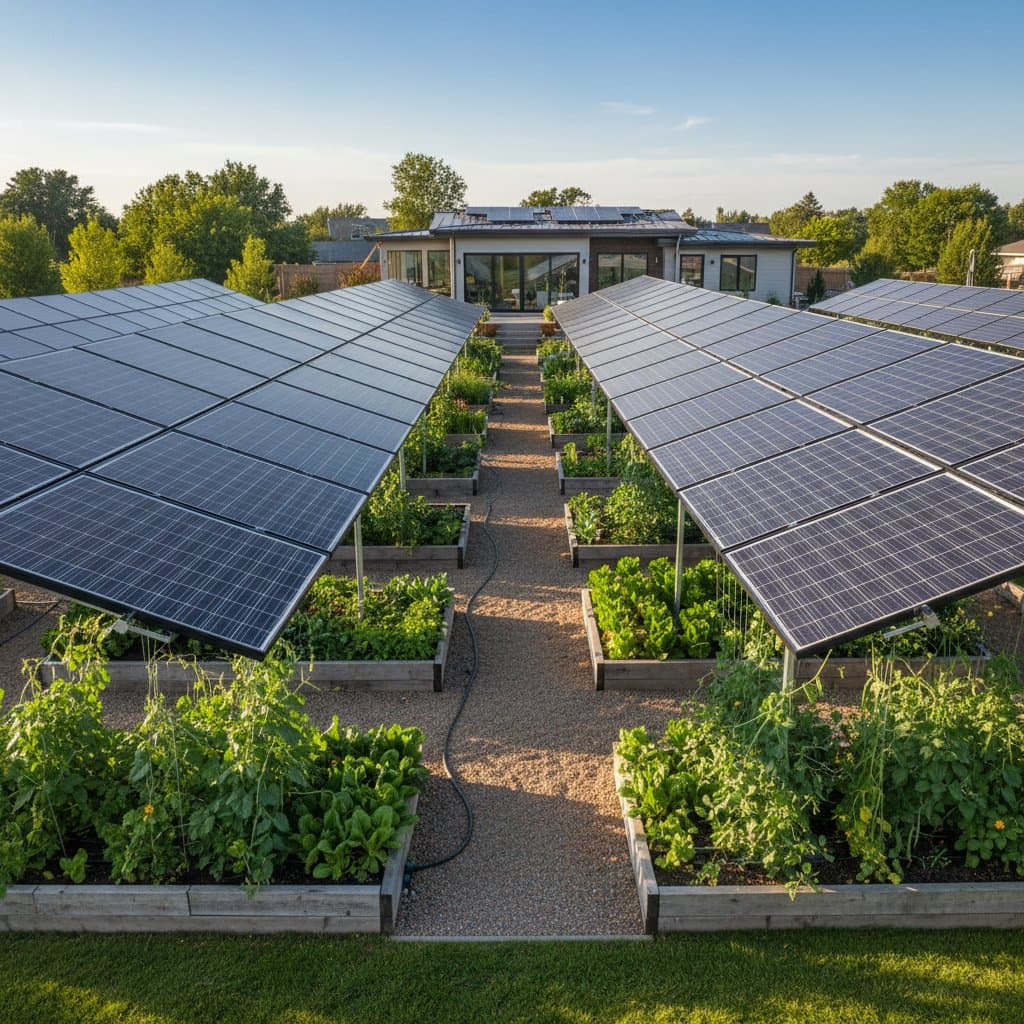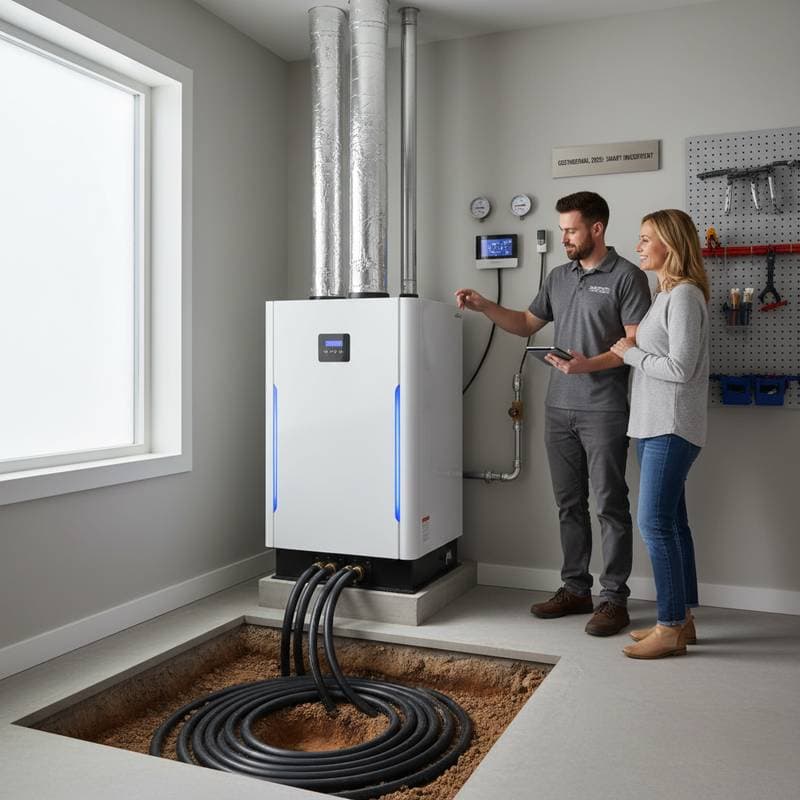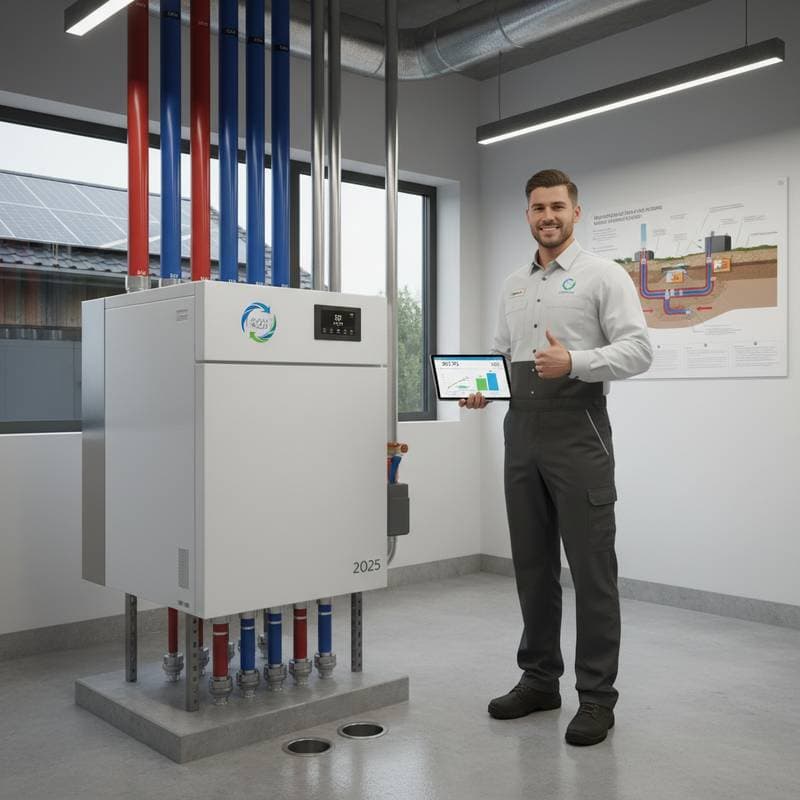Key Benefits of Geothermal Systems
- Geothermal heating and cooling systems reduce annual energy bills by 30 to 70 percent compared to traditional options.
- These systems leverage consistent underground temperatures for reliable performance across diverse climates, from arctic winters to desert summers.
- Initial installation costs exceed those of conventional HVAC units, yet long-term savings, minimal maintenance, and extended durability provide substantial returns.
- Current government incentives, combined with escalating energy prices, position 2025 as an ideal year for adoption.
- Optimal results depend on professional assessment of site-specific factors, including soil composition, system capacity, and loop configuration.
Understanding the Impact on Comfort and Finances
Rising energy expenses challenge every homeowner, often leading to unexpected spikes in monthly bills. Geothermal systems address this by drawing on the earth's stable subsurface temperatures, which hover between 45 and 75 degrees Fahrenheit depending on location. This approach requires significantly less electricity to heat or cool a home, achieving reductions in overall energy consumption by up to two-thirds relative to standard furnaces or air conditioners.
The financial advantages extend beyond immediate savings. Homeowners typically recoup the upfront investment within five to ten years through consistent utility reductions. On the environmental front, these systems generate no on-site emissions and integrate seamlessly with renewable sources like solar, amplifying their role in lowering household carbon outputs.
Many view geothermal upgrades as a strategic enhancement for property value. As sustainability becomes a key criterion in real estate, homes equipped with ground-source heat pumps appeal to eco-conscious buyers. This combination of enhanced comfort, cost efficiency, and market differentiation underscores the system's value as a comprehensive home improvement.
Detailed Cost Analysis and Return on Investment
Installation costs for geothermal systems fluctuate based on factors such as square footage, geological conditions, and chosen loop type, typically ranging from $20,000 to $40,000 for an average home. These figures cover the heat pump unit, ground loop excavation or drilling, and professional labor. While higher than a standard HVAC replacement, the operational efficiencies offset this premium quickly.
Annual savings often amount to $1,000 or more, varying by local energy rates and prior system inefficiency. For instance, households replacing oil or propane furnaces see the most dramatic drops. Maintenance remains low-cost, with indoor components shielded from elements, requiring only periodic professional tune-ups estimated at $100 to $200 yearly.
The system's longevity further bolsters its economics: indoor units endure 20 to 25 years, while ground loops operate for 50 years or longer with minimal intervention. Federal tax credits, such as the 30 percent investment tax credit through 2032, can shave thousands off the initial outlay. Consequently, total lifetime savings frequently double or triple the original cost, establishing geothermal as one of the most lucrative energy investments available.
Efficiency and Environmental Advantages
Geothermal technology excels in energy efficiency, boasting a coefficient of performance (COP) of 3 to 5. This metric indicates that for each unit of electrical input, the system delivers three to five units of thermal output, surpassing the 80 to 95 percent efficiency of top-tier gas or electric alternatives.
Additional benefits include superior indoor air quality through consistent humidity control and elimination of combustion-related pollutants. Without external units, noise levels drop to near silence, enhancing residential tranquility. The heat transfer process minimizes component stress, resulting in fewer breakdowns and extended service intervals compared to traditional systems.
From a sustainability perspective, geothermal reduces reliance on fossil fuels and supports grid stability by optimizing electricity use. Pairing with on-site renewables maximizes these gains, positioning the technology as a cornerstone of modern, low-impact living.
Common Questions About Geothermal Adoption
How do geothermal systems perform in extreme weather?
Stable ground temperatures ensure consistent operation, extracting heat from the earth during cold snaps or rejecting excess heat in scorching conditions without straining the equipment.
What space requirements apply to installation?
Vertical loops suit compact properties, penetrating 100 to 400 feet deep in a modest footprint. Horizontal or pond configurations adapt to larger or water-adjacent sites, making urban and suburban setups feasible.
Can it fully replace my current heating and cooling setup?
Absolutely; ground-source heat pumps handle both functions year-round. Some opt for auxiliary heating in rare extreme scenarios, but most eliminate legacy systems entirely for simplified operations.
Does the system generate noticeable noise?
Operations remain whisper-quiet, as the primary components reside indoors without the fans or compressors typical of outdoor units.
What ongoing maintenance is involved?
Homeowners handle basic tasks like filter replacements every three months. Annual professional inspections and loop fluid checks suffice to maintain peak performance over decades.
How does it affect property resale value?
Buyers increasingly prioritize energy-efficient features, often paying a premium for homes with geothermal. Appraisers recognize the upgrade's contribution to lower utility costs and environmental appeal.
Steps to Install Geothermal in Your Home
Begin by consulting certified professionals through organizations like the International Ground Source Heat Pump Association to evaluate your site's suitability. Request detailed quotes encompassing all components and potential incentives, such as state rebates or utility programs. Secure financing options if needed, noting low-interest loans available for energy-efficient projects.
During planning, prioritize systems sized precisely to your home's needs, avoiding over- or under-capacity that could diminish efficiency. Post-installation, monitor performance via built-in diagnostics and integrate smart thermostats for further optimization. This proactive approach ensures the system delivers sustained comfort, savings, and peace of mind for generations.









